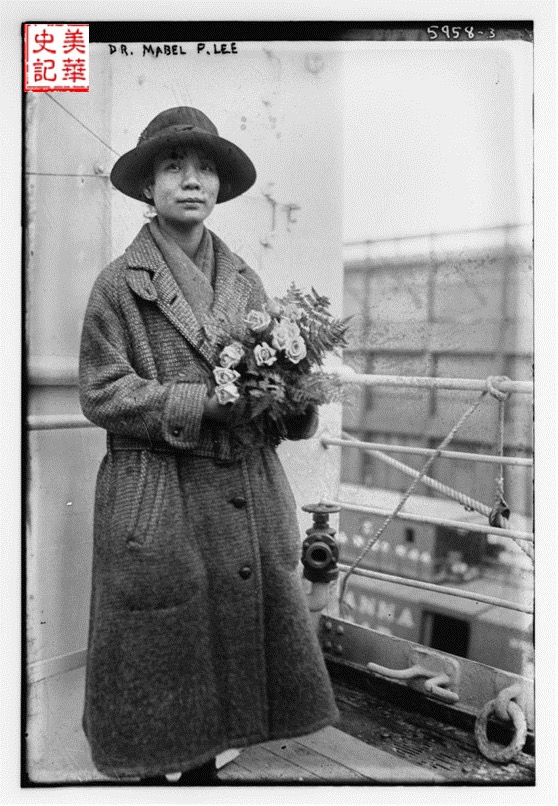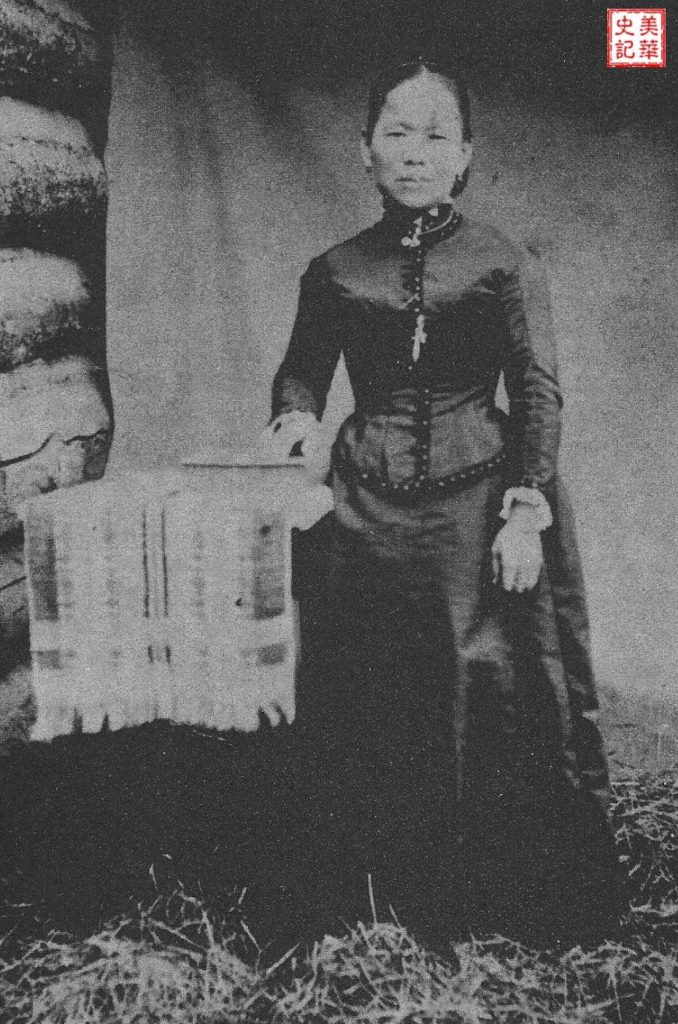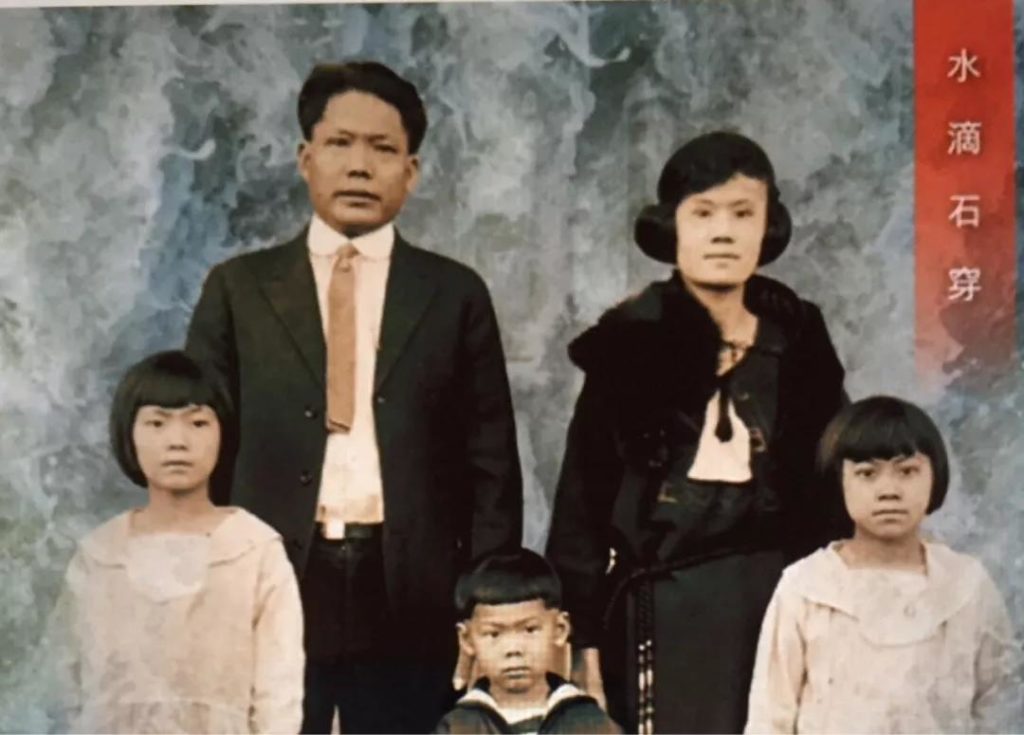Polly Bemis, also known as Lalu Nathoy, was reputed to be the most famous Chinese woman in the Pacific Northwest. Born to a poor farming family of Northern China, she was smuggled into the US in 1872 and sold to a Chinese saloon owner in a mining camp, now Warren, Idaho. She was illiterate and, due to her different dialect, could not even communicate with other Chinese miners. Polly met Charlie Bemis who later became her life-long companion. By 1880, she had obtained her freedom and was running a boarding house. Polly and Charlie married in 1894 and moved to a place 17 miles north in the Salmon River wilderness. Together, Charlie and Polly Bemis filed a mining claim, built a house, cultivated a garden and an orchard, and hosted visitors from the town and river travelers at their ranch. In 1911 a stream flowing through the place was named Polly Creek. After their home burned down in 1922 and Charlie’s death two months later, Polly took the initiative to have her house rebuilt. She continuously lived by the river until three months before her passing away in November 1933. With her pioneer spirits of courage, perseverance, and diligence, Polly Bemis overcame the extreme hardship throughout her life. She was a true trail blazer not only for settlers in the rugged Salmon River, but also for many Chinese American women. To recognize her unique and significant contribution, Polly Bemis was inducted into the Idaho Hall of Fame in 1996.









